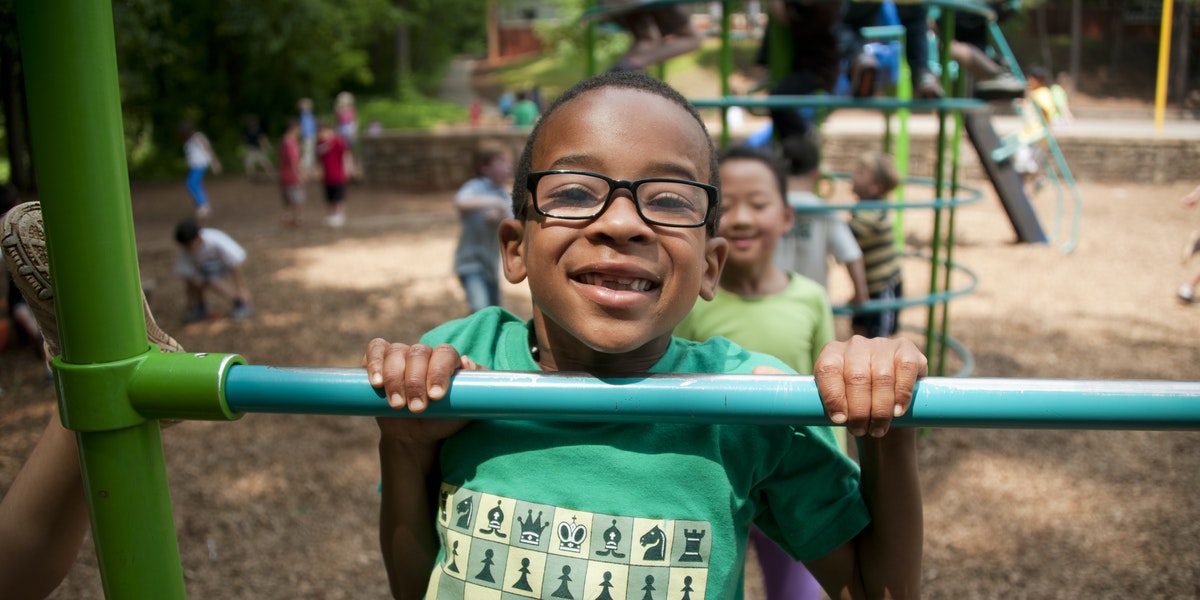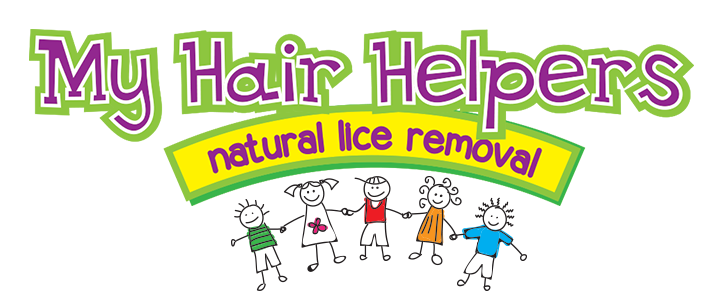Even though there isn’t a “season” for head lice treatment, we tend to see head lice cases increase significantly in the fall, mainly because kids are returning to school. However, this year looks different due to COVID. Many schools are closed in our state, but childcare programs are allowed to stay open as long as they meet all health and safety guidelines.
While most of the focus has been on COVID thus far (and rightfully so), it’s still important to be aware of head lice. Lice can cause symptoms like trouble sleeping and irritability so we want parents, teachers and caregivers to be aware of what to watch for.
Whether your child is returning to school, daycare or another program, here is everything you need to know about identifying, treating and preventing head lice.
A Few Things to Know About Lice
Millions of children get head lice every year. Lice do not discriminate. They love all types of hair – long, short, curly, straight, etc. If you have hair, you can get lice at any time. That said, lice are most common among children ages 3-11, as well as in girls because their hair is longer and they tend to share hair accessories more often.
Once kids start developing an awareness of personal space, head lice cases drop. It can still happen to teens and adults, but the rates are lower. Symptoms typically include itching, but this can take 2-4 weeks to develop. And, not everyone experiences itching. Some people are asymptomatic and considered “carriers.” Other possible symptoms to watch for are:
- Tickling feeling in the hair
- Sores from scratching
- Difficulty sleeping
- Irritability
- Red bumps on the shoulders, neck and head
- Appearance of white objects in the hair
Is it Possible to Prevent Head Lice?
Lice are not preventable 100% of the time. That said, you can reduce your family’s risk. Follow these tips every day, not just when someone in the family needs head lice treatment:
- Avoid head-to-head contact
- Do not share items that touch the head
- Do not share combs, brushes and hair accessories
- Spray the hair with a lice repellent spray
- Tie the hair up in a ponytail or bun
- Comb through your child’s hair weekly with a nit picking comb
What To Do if You Find Lice/Nits
At My Hair Helpers, we do not recommend at-home remedies or over-the-counter products. Here’s why. At-home remedies are often messy, expensive and labor intensive. You have to repeat them often because they tend to work by suffocating the lice. However, they do not kill nits, and some lice are only slowed down by this process – not eradicated.
Over-the-counter products are also ineffective. Lice have grown resistant to these ingredients over the years, which also happen to be harmful insecticides and pesticides. There is no reason to use these on your child. They can irritate the skin, burn the eyes and still leave you in the same position.
Here is what we recommend doing if you find lice in your child’s hair:
- Start with safe, all-natural and proven products like those from My Hair Helpers. You can find our products on Amazon or you can schedule a relaxing appointment at one of our three head lice salons. Or let us come to you with our mobile salon!
- Head lice treatment involves lathering our special Lice Removal Oil into the hair. This thick oil suffocates head lice. We then rinse out the oil and use our special shampoo and conditioner to remove excess oils and product buildup.
- After treatment, we recommend combing through the hair daily for 2-3 weeks to watch for newly hatched nits. We often recommend a second application for this purpose.
- Focus on washing clothes and bedding worn in the last 24-36 hours. Lice can’t survive off a human host for any longer than this.
- Vacuum furniture, rugs and car seats that have been recently used.
- Comb the rest of the family to watch for signs of lice. Do not treat them unless they have a verified case.
Head lice are not fun to deal with, but they do not transmit disease and they will not harm your family’s health. Follow our tips above and you’ll be able to tackle the new school year with confidence and ease!


